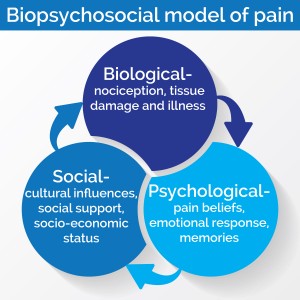It’s a common question to be asked what is the best exercise for lower back pain, the answer often seeming to be pilates or other “core” exercise. The idea being that a weak core means that you are over stressing weak back and core muscles and pilates addresses these issues.
While it is a long held and common belief that if you have a “bad back” then the first course of action for you should be to strengthen your core and work on spinal stabilisation the evidence doesn’t point to this. The evidence actually points strongly to the fact that neither a a stronger core or greater ability to stabilise the spine have much impact on back pain. There have been a number of studies that have shown that specific “core” work does not actually confer any real benefit such as this one carried out on soldiers It is not that the idea of doing pilates, or any similar exercise, is a bad idea rather that it doesn’t confer any benefit over doing some simple lumbar strengthening exercises or even a general exercise program.
This study highlights this. The study showed that whilst at the 8 week point doing Pilates conferred a distinct benefit over riding a stationary bike after 6 months, a much more important time frame in terms of long standing back pain, there was no difference in both groups with regards to self-rated pain, disability and catastrophising. Then we have this large systematic review with a meta analysis, a meta analysis is a statistical review of a large number of different studies, which states that spinal stabilisation exercise isn’t any better than simple regular exercise.
“There is strong evidence stabilisation exercises are not more effective than any other form of active exercise in the long term. The low levels of heterogeneity and large number of high methodological quality of available studies, at long term follow-up, strengthen our current findings, and further research is unlikely to considerably alter this conclusion.”
Then we have this, similar, study of 39 different trials where it was found that there were benefits from strength and resistance training as well as for co-ordination and stabilisation. The most notable point of the studies though was that the biggest improvements came when the whole body rather than a particular area trained was trained.
If we go back to the beginning of the post and the idea that working on spinal stabilisation is a potential route to reducing back pain. It was found in this study that those suffering form back pain actually had stiffer spines and less movement so, perhaps, teaching them to brace and stiffen their spine isn’t the best approach, especially if this is all that is done. Rather than focusing on reducing movement we should be focusing on increasing movement and reducing the fear that can accompany it. This is possibly even more important in strong individuals who don’t have any strength issues that need addressed as they may have an all or nothing to their recruitment strategy when what we want to have is one that is appropriate to the task at hand. We need to be able to both turn the muscles on and, just as importantly, turn them off.
So what does this mean for you and your back pain?
1. First and foremost it likely means that you can stop trying to find a miracle exercise that will cure your back pain, it doesn’t really exist and you may need to work through a number of different ones to find the one that helps you.
2. Learning to move without fear of hurting yourself is very important and where a sports therapist, physiotherapist etc comes into play. They can help you explore movement a safe environment so you can come to realise that you can bend over without putting a lot of thought into it.
3. Recognising that your back isn’t the fragile structure you are often told it is and coming to an understanding that not all pain means something is wrong, or at least not something you need to be concerned about.
4. Being strong or weak doesn’t really matter we can all get a sore back and learning to move well so that the number of options you have available isn’t limited can help a lot.
5. Finally and possibly most important of all, there are many factors that go into creating the situation where you seem to be constantly sore and speaking to the appropriate professional can help a great deal in changing how you think about pain in general and your back pain in particular.
If you would like to enquire about an appointment then click HERE or to speak to one of our therapists HERE
Get a copy of our FREE Back Pain report HERE




